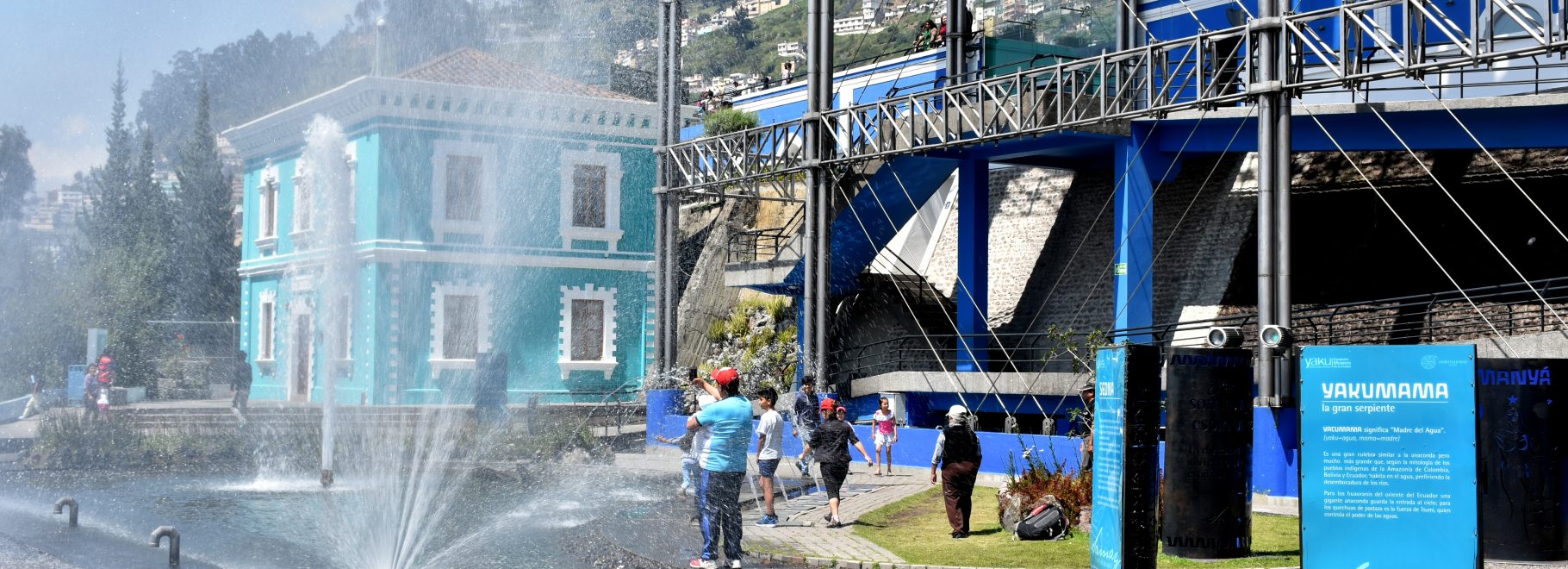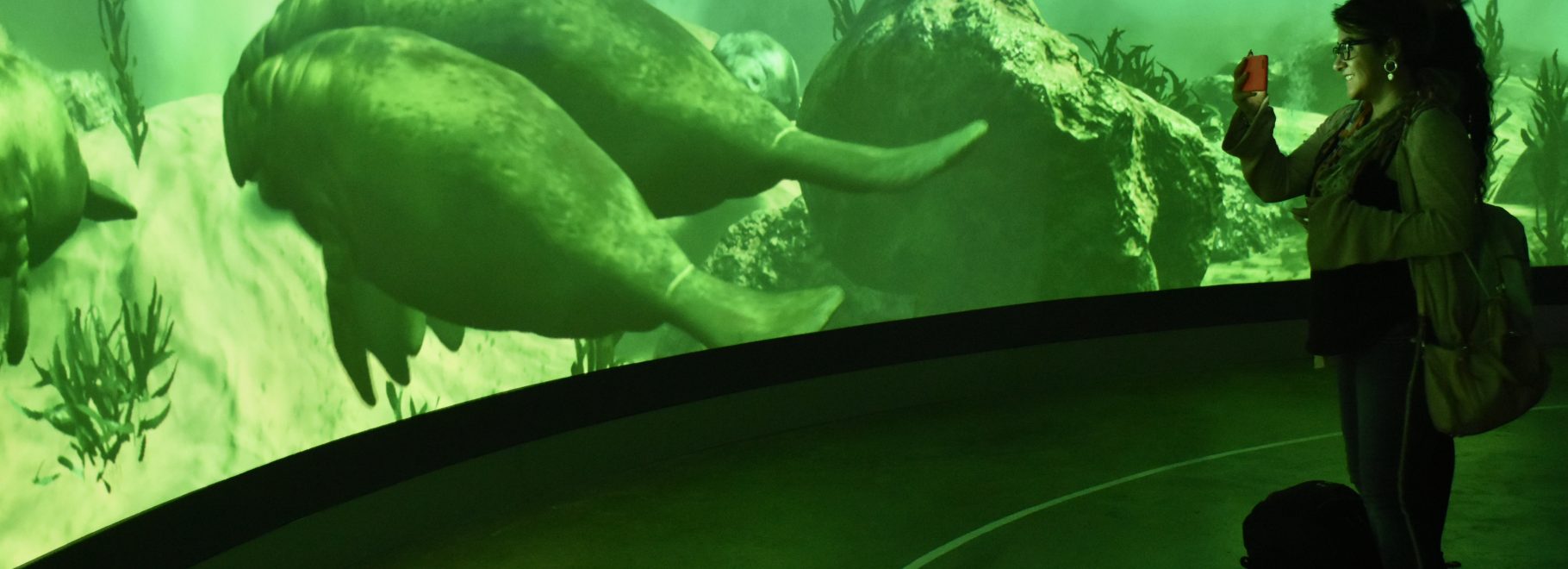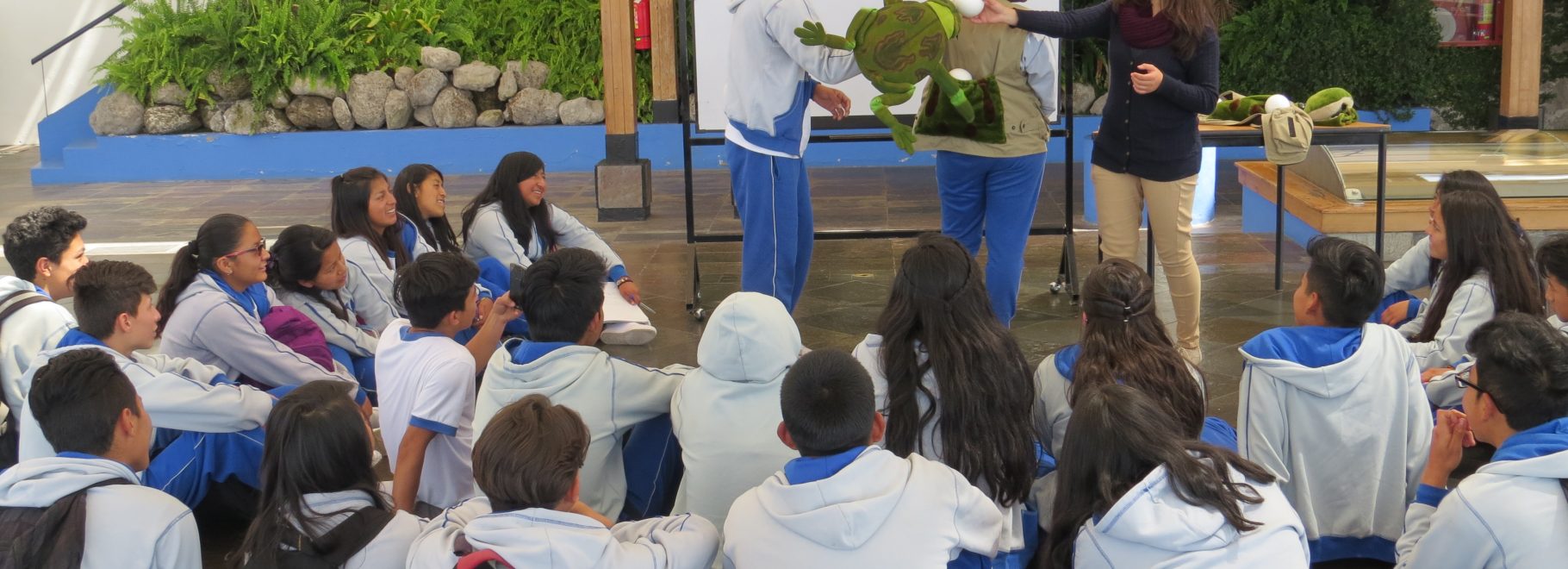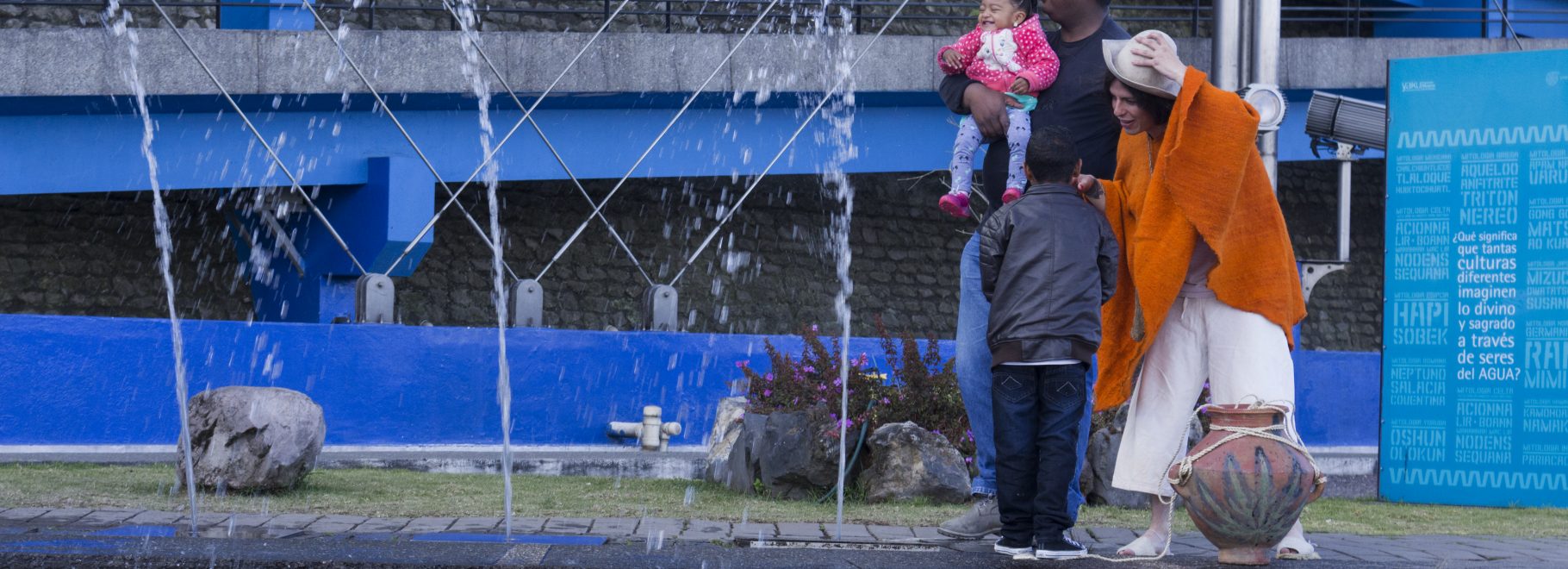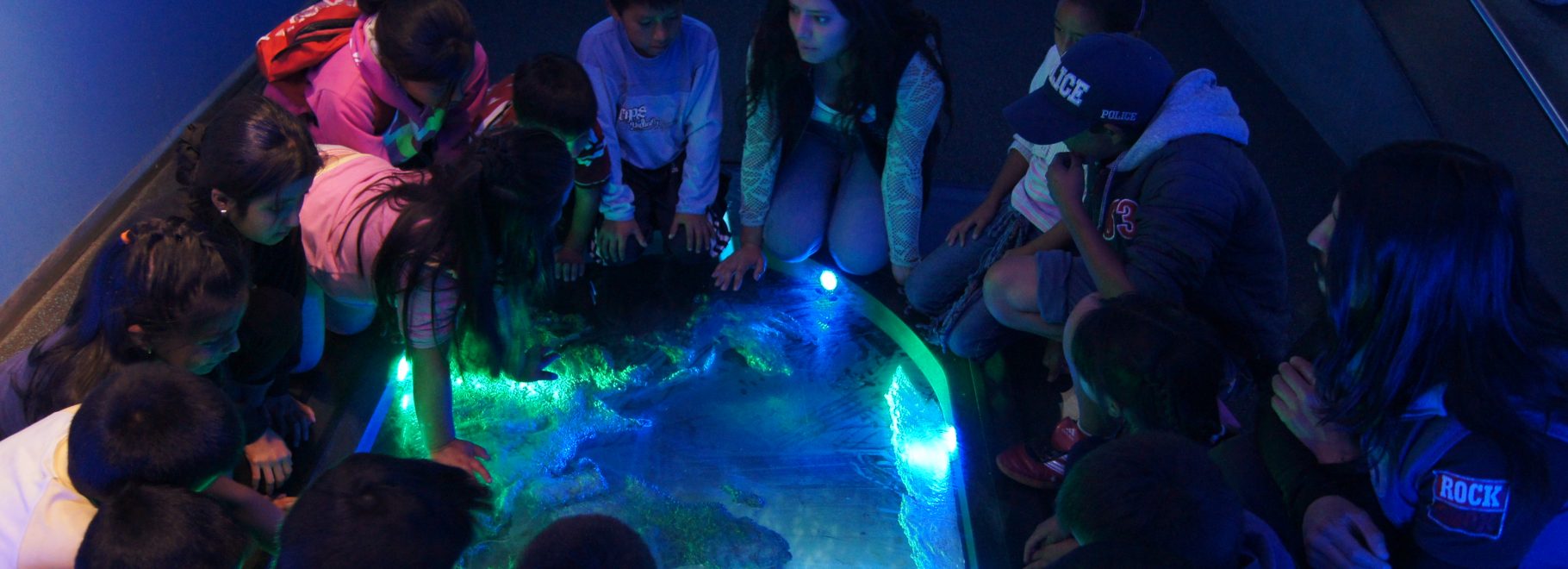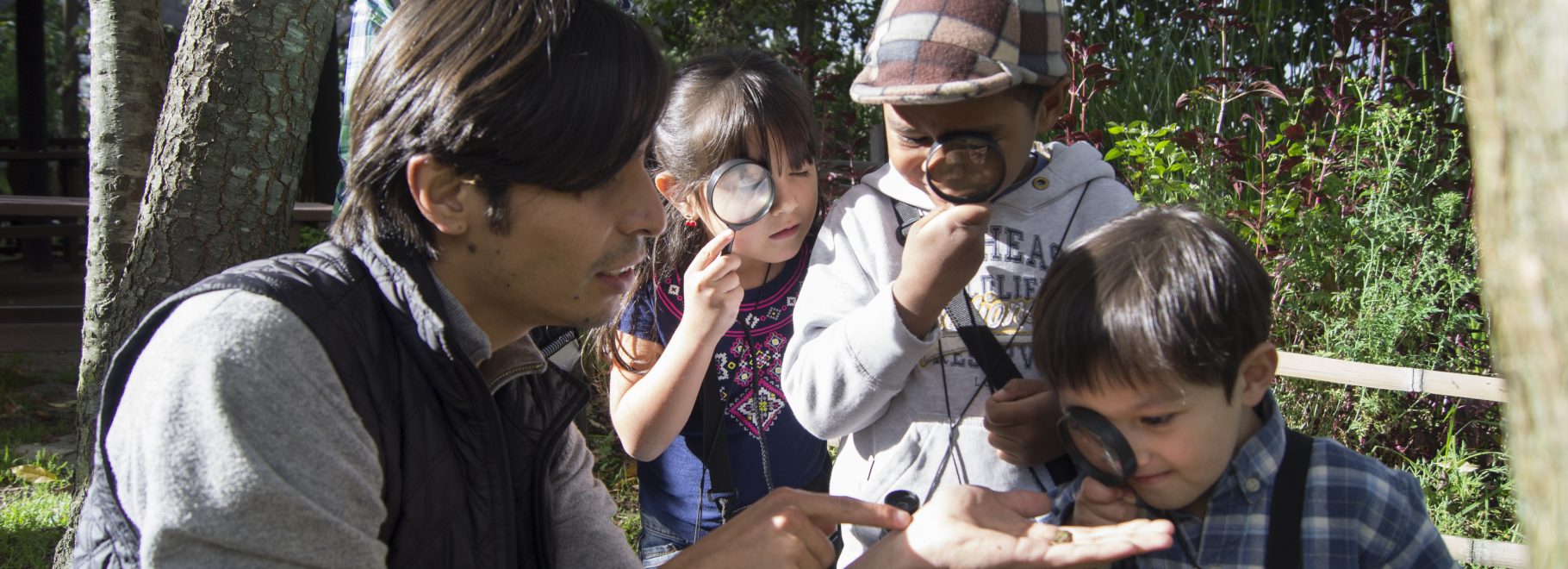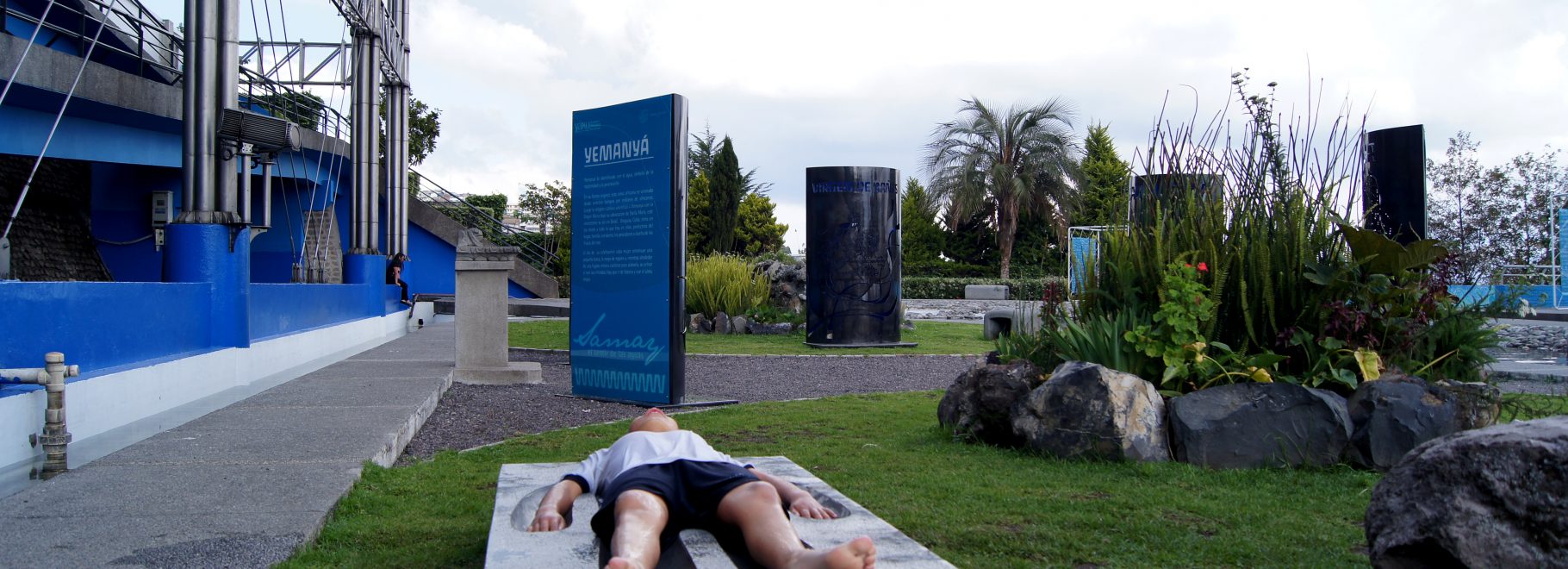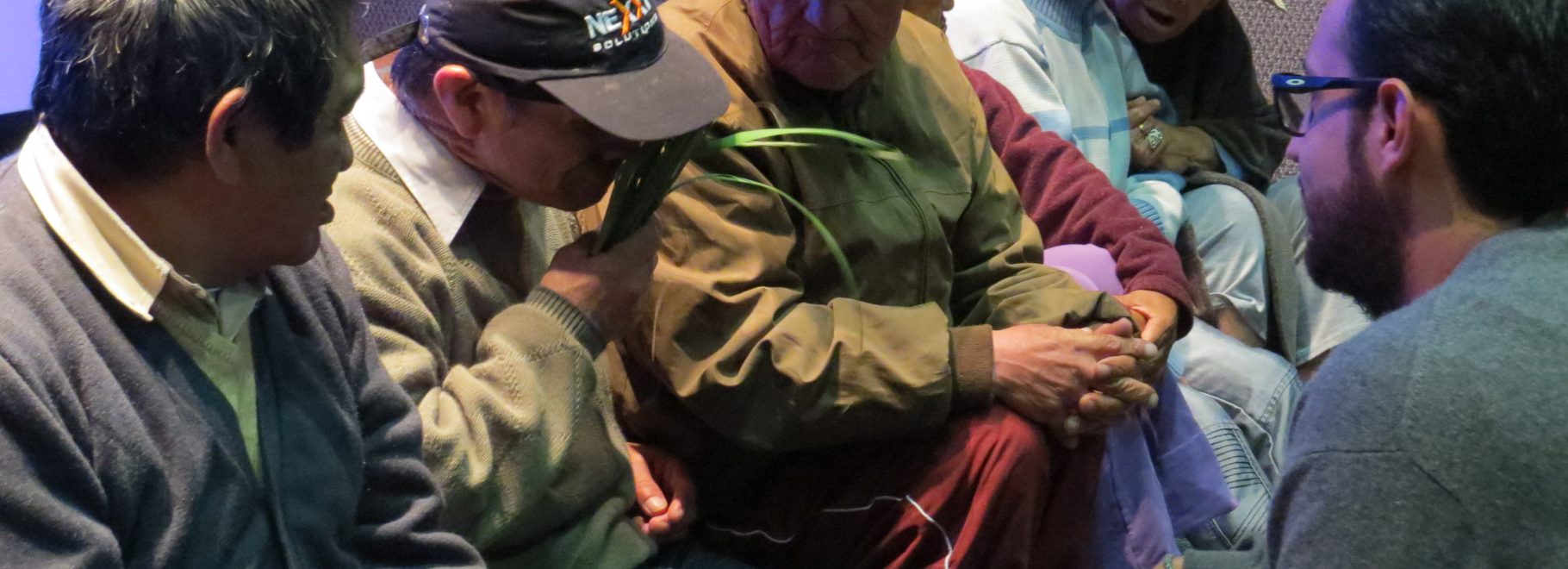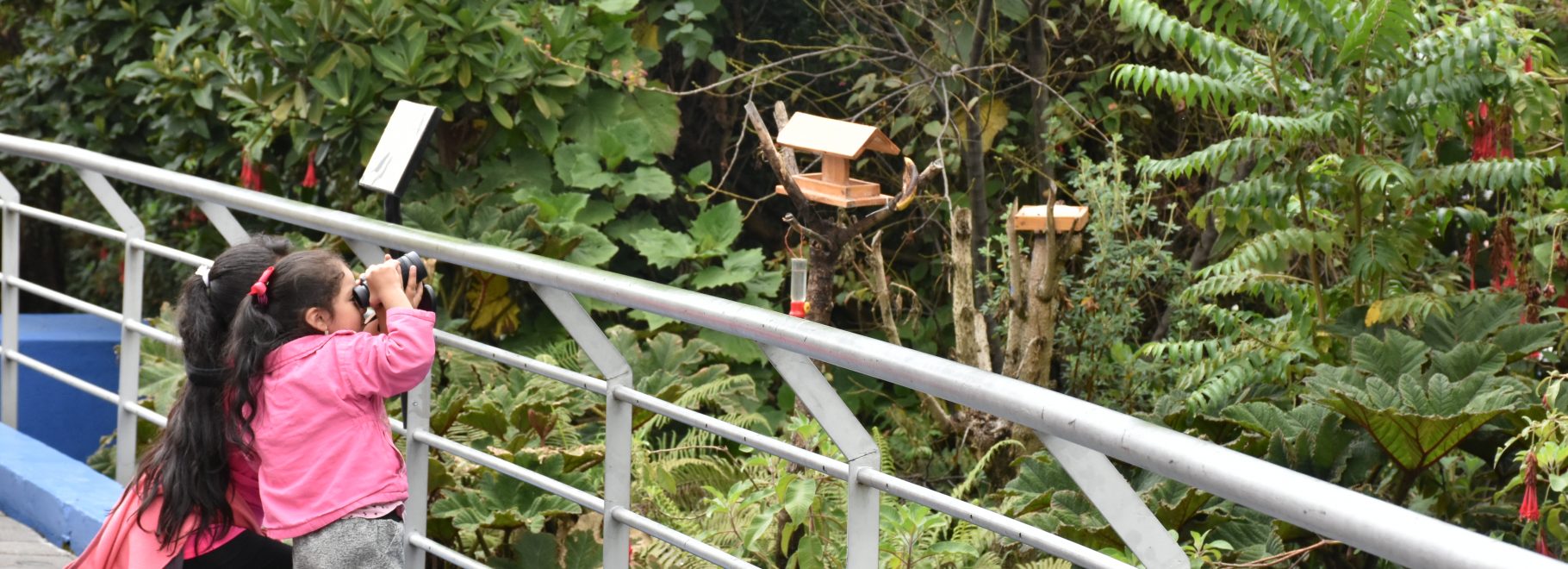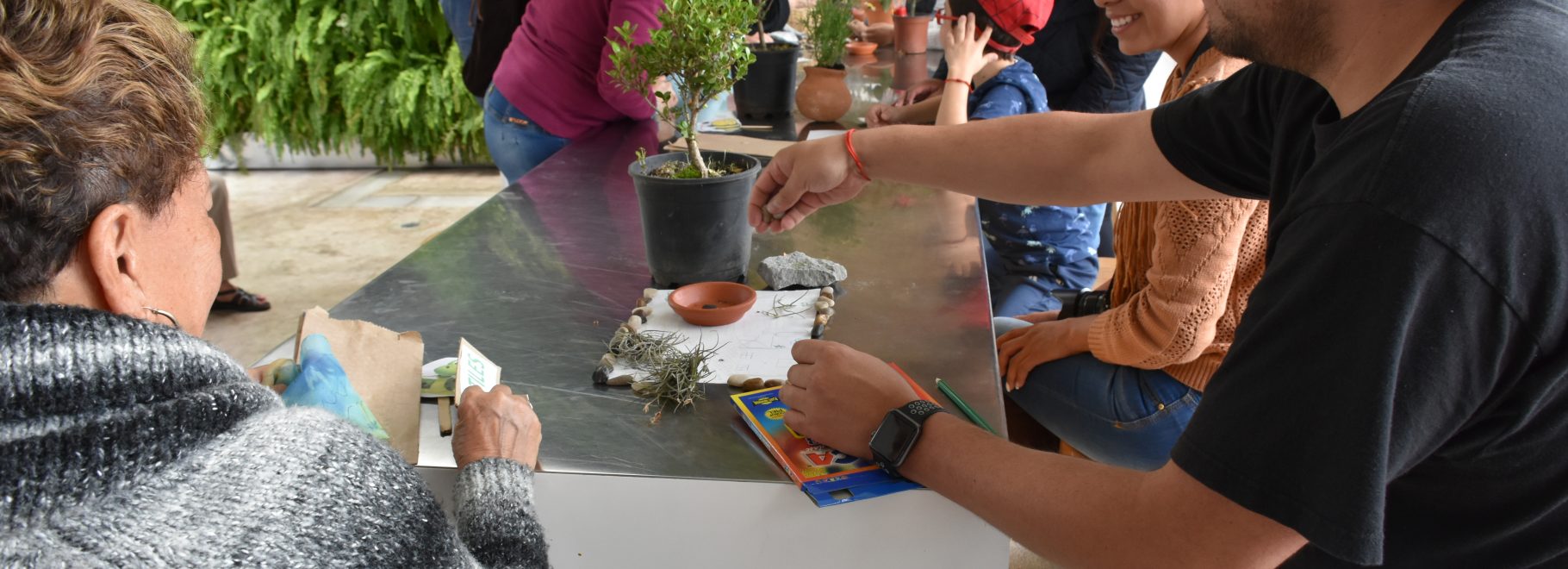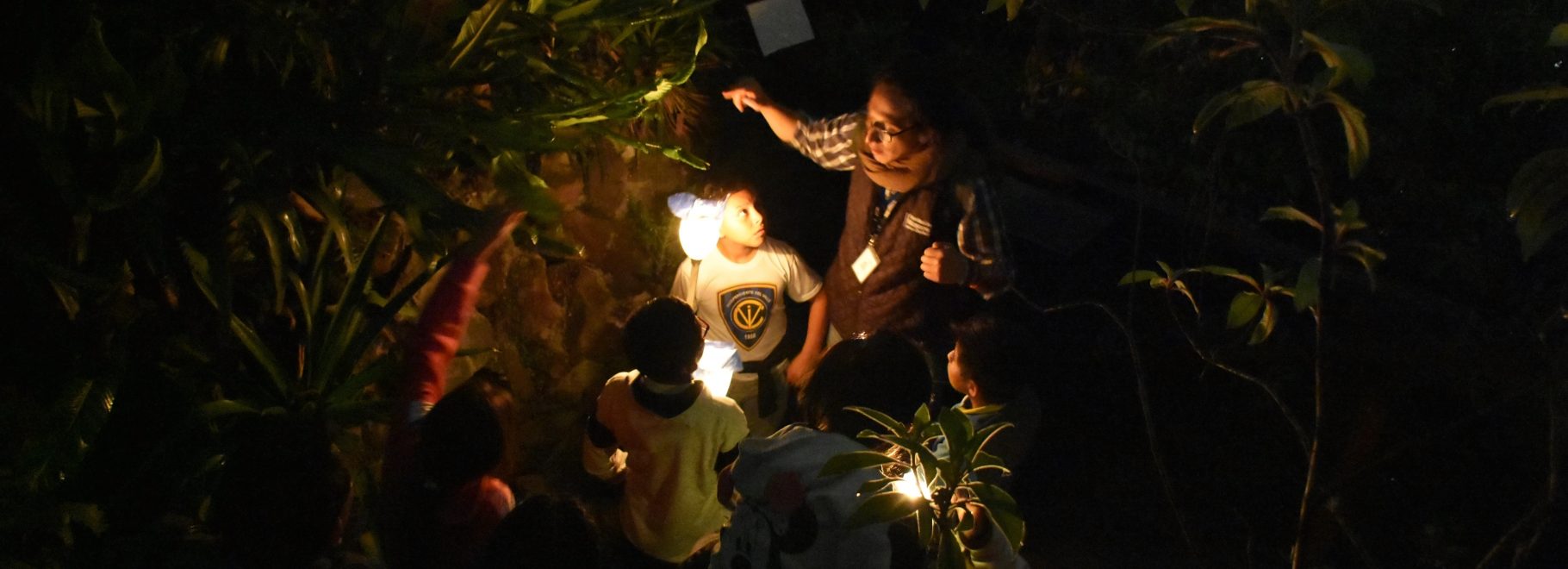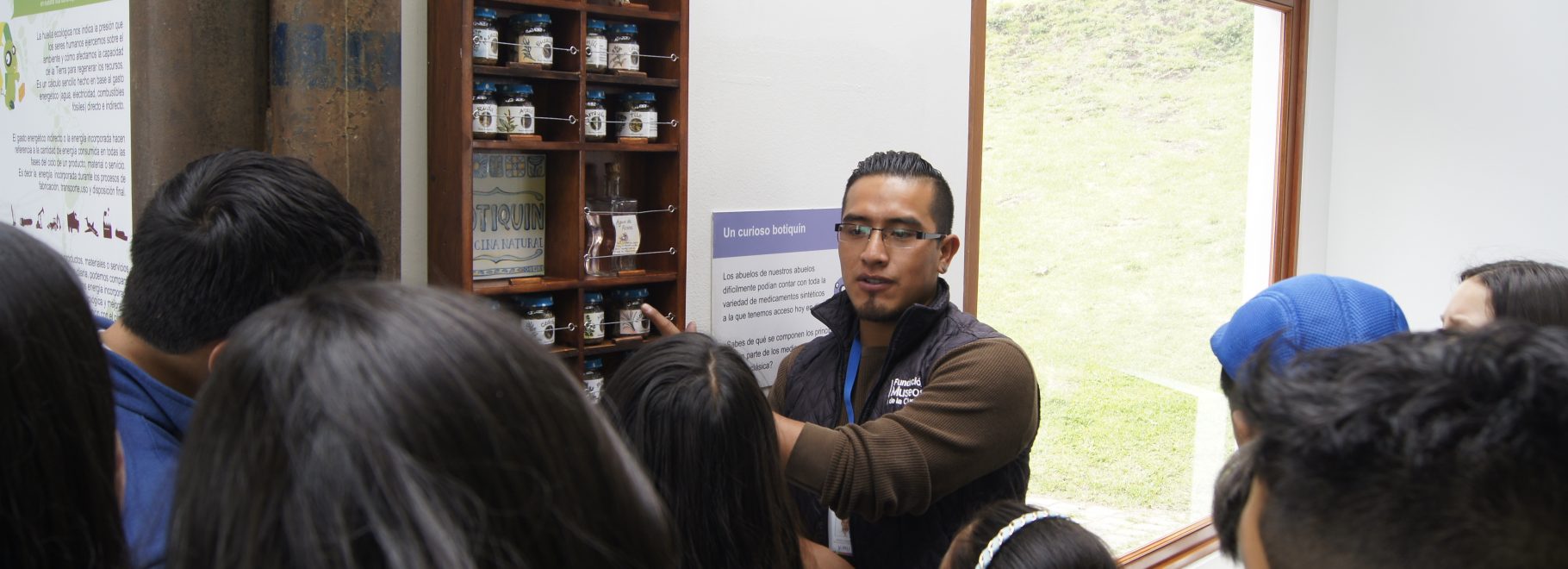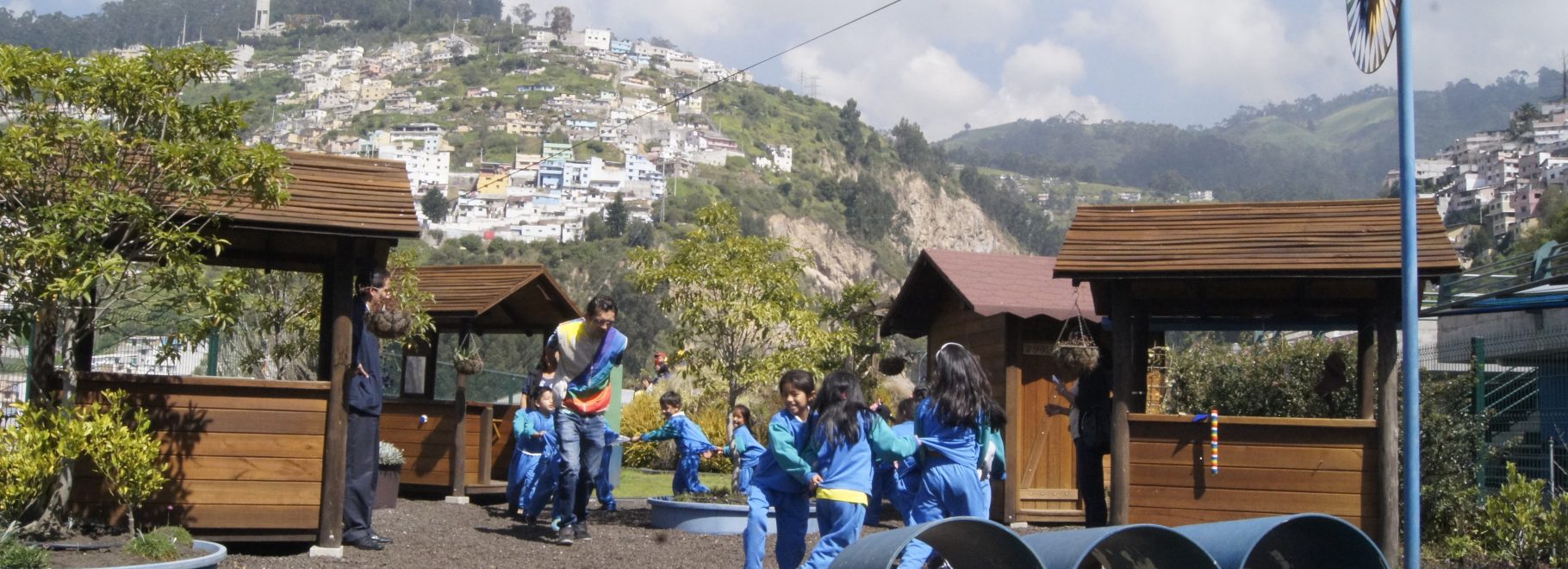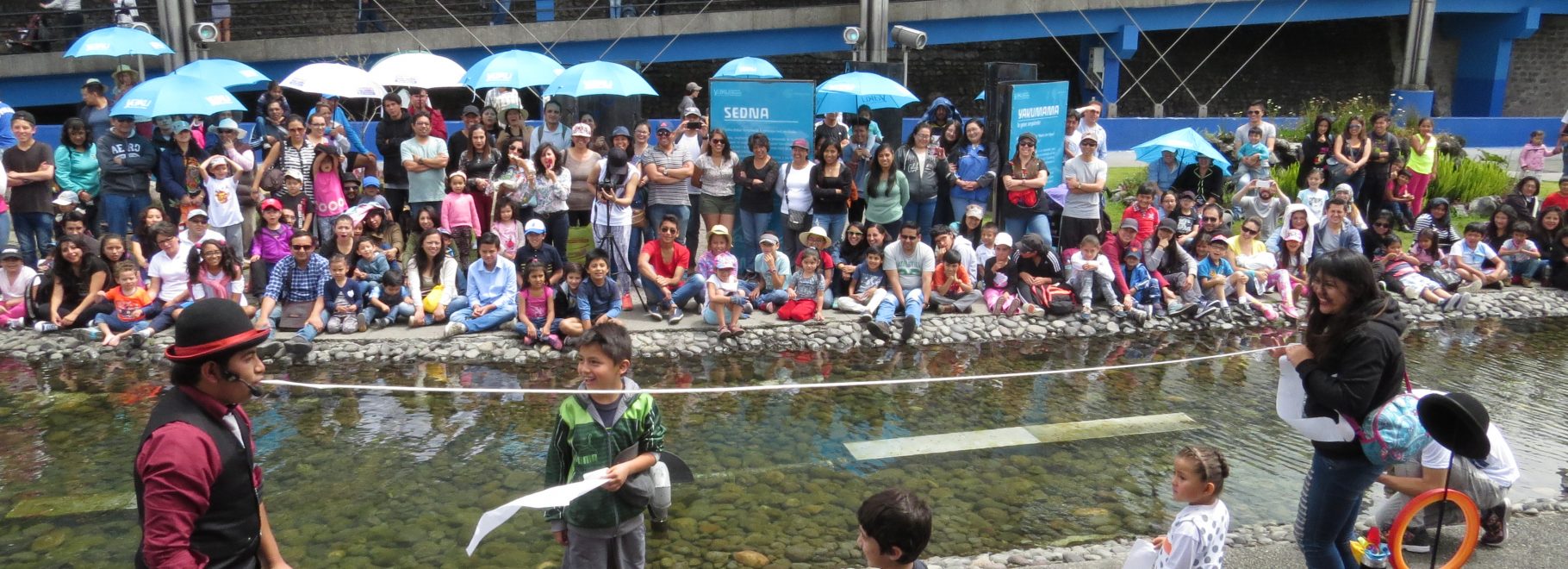Yaku Parque Museo del Agua, Quito, Ecuador
Yaku is an interactive museum dedicated to one topic: “Water”. Water in its most complex and diverse approaches as it is present in unimaginable scenarios and forms; from science to art, passing through environmental, social, spiritual, historical topics within other subjects. Yaku believes that the only way to protect water in a conscious way is having a strong affective attachment with it.
Through this holistic approach, the Museum of Water, located in Quito, works for the pursuit and design of a variety of educational, playful and sensible experiences. By the application of no formal education, it encourages reflection and the recognition of the value of water. The museum aspires to arise citizens who are aware of the importance of water, people who are conscious that life in our planet depends on it and that their everyday activities can affect on positive or negative ways.
Mission: Be a place that encourages more questions than answers; by reflection, active participation and recreation, assuming that life depends on water.
Vision: On 2030, Yaku Museum of Water will be an example of a site where meeting and debate on water happens. A place opened for proposals and community participation with an impact on the continent and important international strategic alliances. Additionally, it will be a self-sustaining museum.
The museum works around two main ideas: “water and nature”, and “water and society”; so all the activities and exhibits developed are part of one of these strategic lines. Yaku counts with 8 permanent and 2 temporary exhibits, one travelling exhibit and 4 travelling activities. The agenda of the museum includes complementary activities which change monthly, and a continue work with our closest community, neighbors and collectives related to water.
Here a description of its permanent exhibits:
Introductory Room
It is the welcome place, where visitors will learn about the intention of the museum and the reason for its existence and how exhibits are organized within its strategic lines. In addition, it presents the history of the neighborhood and the museum, and the past, present and future work of Quito´s Public Water Supplier (EPMAPS – Empresa Pública Metropolitana de Agua Potable y Saneamiento).
Mediagua (The Shack)
It is an ecological house where you can share ideas, knowledge, reflections, discussions and values about how we understand nature and how we relate to it, with the aim of finding more sustainable societies. Around this exhibit, it is possible to find several replicable alternatives to apply in our homes in order to generate sustainable cities.
Pumamaki (Pumamaqui: an ecuadorian native plant)
It is an ecological restoration on the eastern side, a slope, of the museum wich invites visitors to enjoy and reflect on the beauty of moors and montane forests, as well as the importance of them for providing clean and abundant water for the city. It is a space to learn more about the fauna and flora of Andean ecosystems and, especially, the natural environment of Quito.
Aguamundi
Exhibit that invites to explore and discover the marine biodiversity of Ecuador and the world. Through an immersive space developed with audiovisual, technological and interactive media, visitors will interact with ten marine species, feeling part of the depth of the oceans. The objective of this exhibition is to open spaces where people can learn about marine fauna, the dangers to which they are exposed and the importance of education and research for conservation.
Samay, sentir de las aguas (Samay, the waters feelings)
A space to reflect and discover the profound relationship of human beings with water, from the sacred or the profane; a proposal to meet with our origins and think the importance of the vital liquid for each one who inhabits the planet.
Riesgollacta (Land of risks. Riesgo=risk, llacta=land in quechua)
A boardgame like space that invites young and adults to discover and learn what to do in the case of facing natural disasters. How to act in case of an earthquake, eruption, or landslide? Where are the safe places? These are just some of the questions that, in a playful way, are addressed in this exhibit.
Achachay (Quechua word for the expression “Feeling cold!”)
Place designed for our youngest visitors. It is a didactic and playful experience which represents the water cycle from nature to cities. A place where kids will explore, awake their senses and question about the way water takes.
With a mean of 150.000 visitors a year, Yaku is one of the most visited museums in the city, which counts with more than 120 museums and cultural centers. Most of our visitors are Ecuadorians, being 50% kids. In workdays, visitors come in scholar groups and weekend visits consist mostly on families.
Yaku opened its doors on 2005 and is administrated by Fundación Museos de la Ciudad, which is a private foundation that manages 5 museums. It is financed mainly by Quito’s Municipality and Quito´s Public Water Supplier (EPMAPS – Empresa Pública Metropolitana de Agua Potable y Saneamiento).
Museum website: www.yakumuseoagua.gob.ec
Contacts: info.yaku@fmcquito.gob.ec



